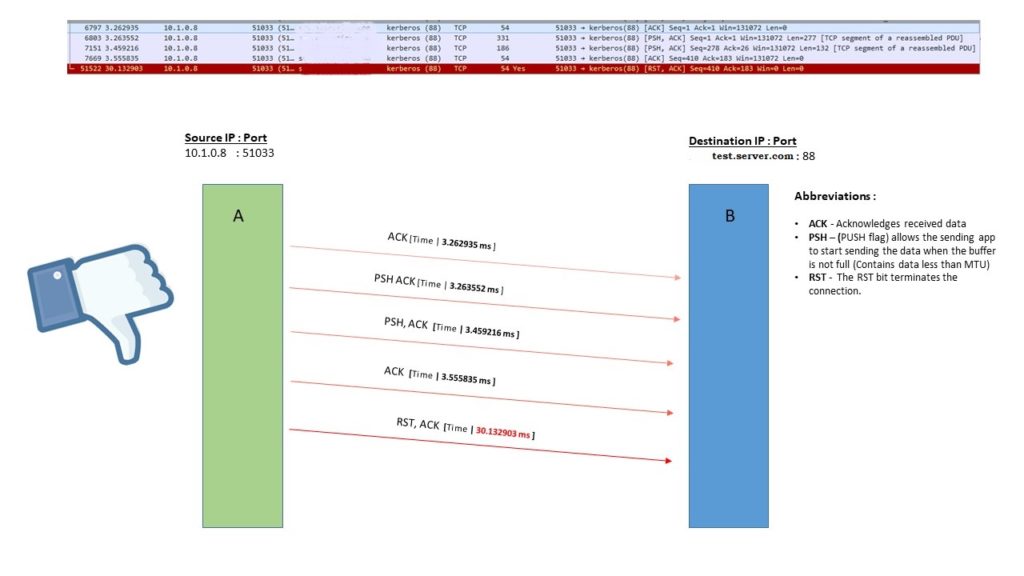
Packet sniffing or other related software may then analyze the raw data to present it in a human-readable form for further examination by the system administrator. Packet sniffing works by deviating from this default behavior so that the data from each packet is collected and logged along the way. Monitor and Report on Anything You Can Ping, Download a Free Trial of WUG Today! Each packet is assigned a destination when it is sent, and typically as it travels along the network any intermediate nodes do nothing besides facilitate the flow of data. The smallest unit of data sent between nodes is the packet. Packet sniffing is a valuable tool for monitoring the performance of a network and diagnosing issues, but it is also helpful in observing potential security risks where sensitive data may be flowing in an unexpected way.Īny given network is made of a collection of nodes, with network traffic flowing across them in order to transfer data between computers, servers, and other connected hardware. These packets of data can then be gathered, stored and analyzed in order to better understand exactly what data is being sent across a given network. Packet sniffing is the process of collecting and logging packets of information that are sent between network nodes. In this article, you’ll learn what packet sniffing is as well as practical use cases you, as a network admin, can expect to run into.

Understanding the role of packet sniffing is important for anyone charged with monitoring the health, stability, and security of a network.


 0 kommentar(er)
0 kommentar(er)
